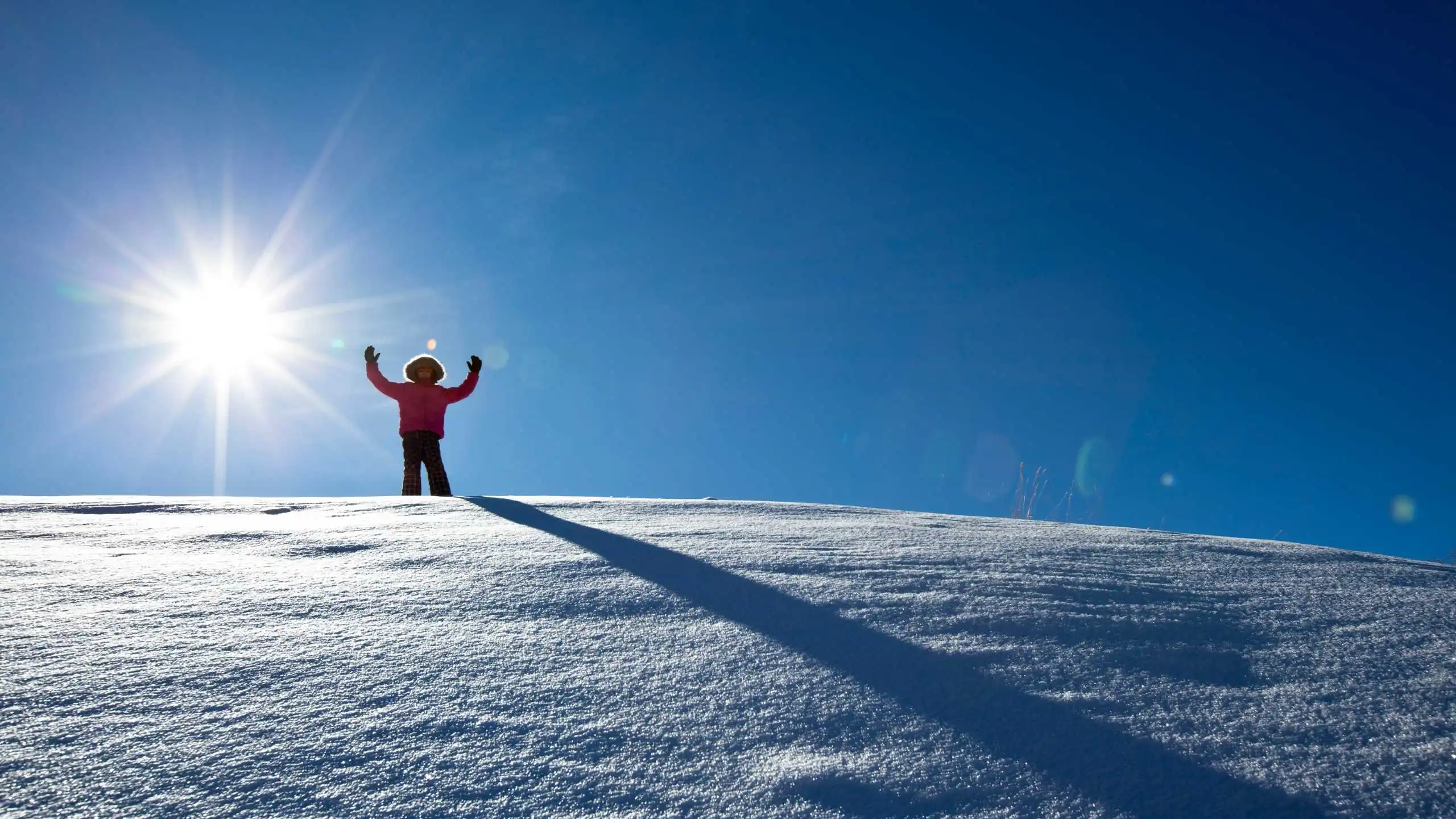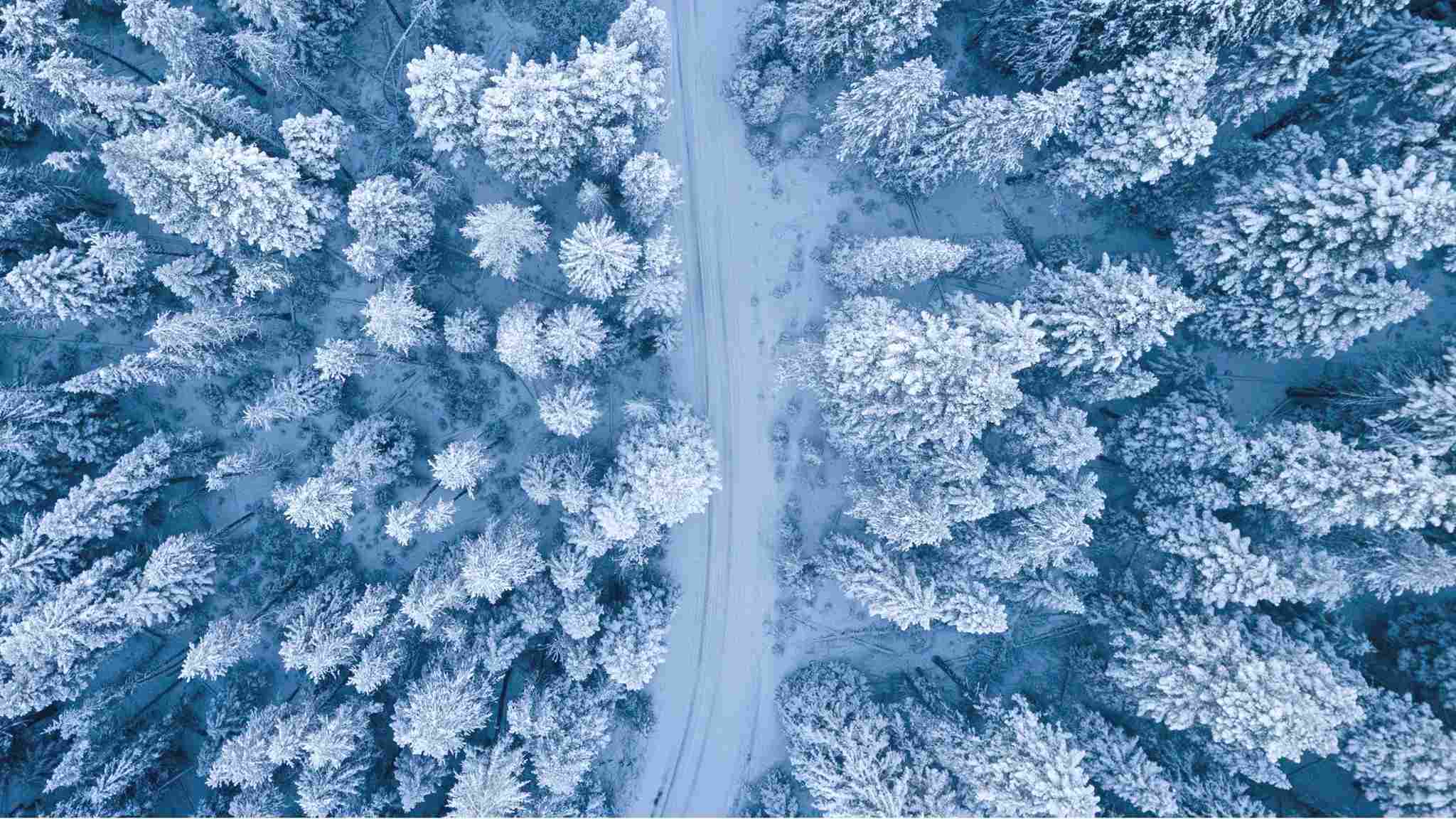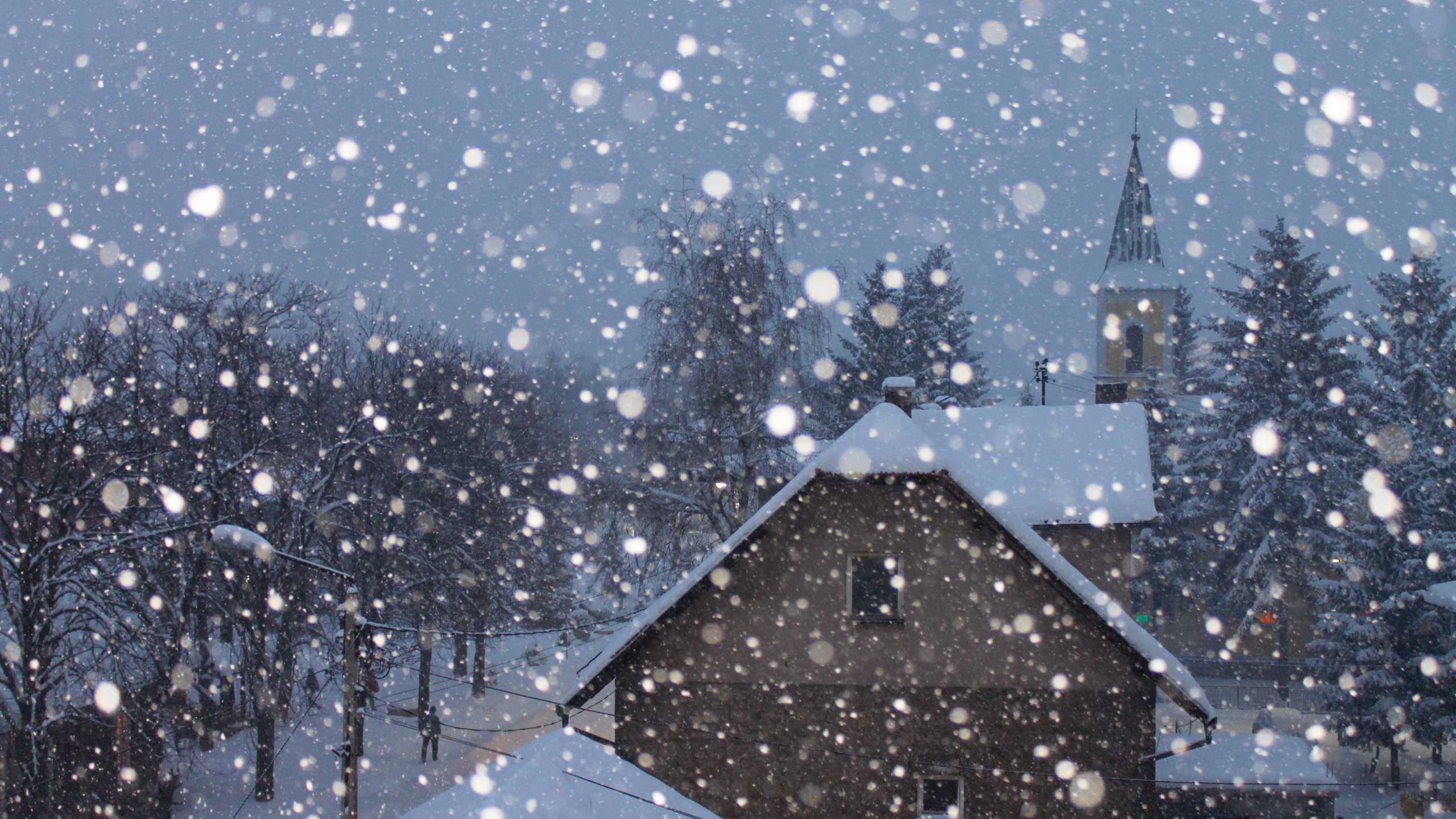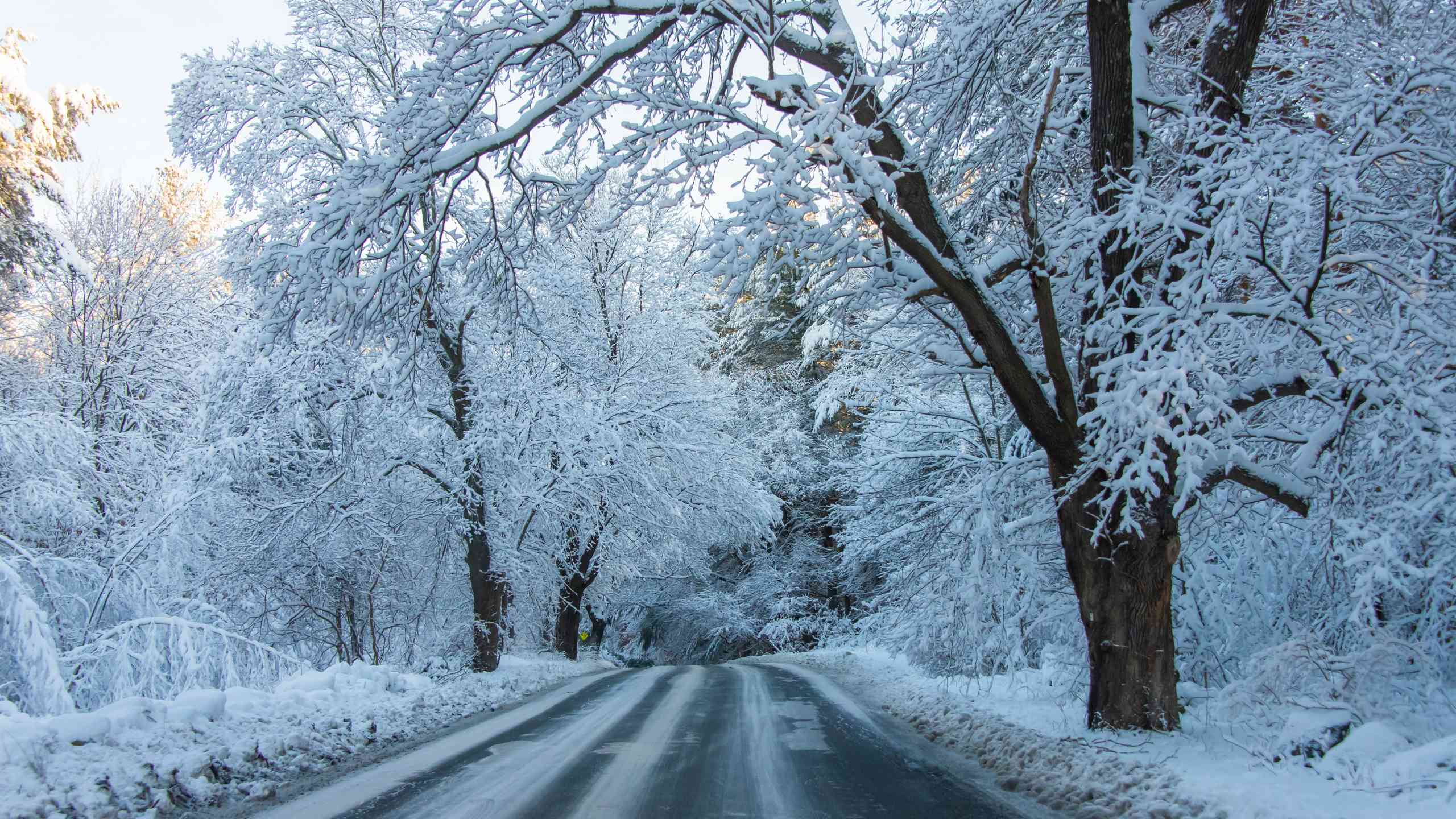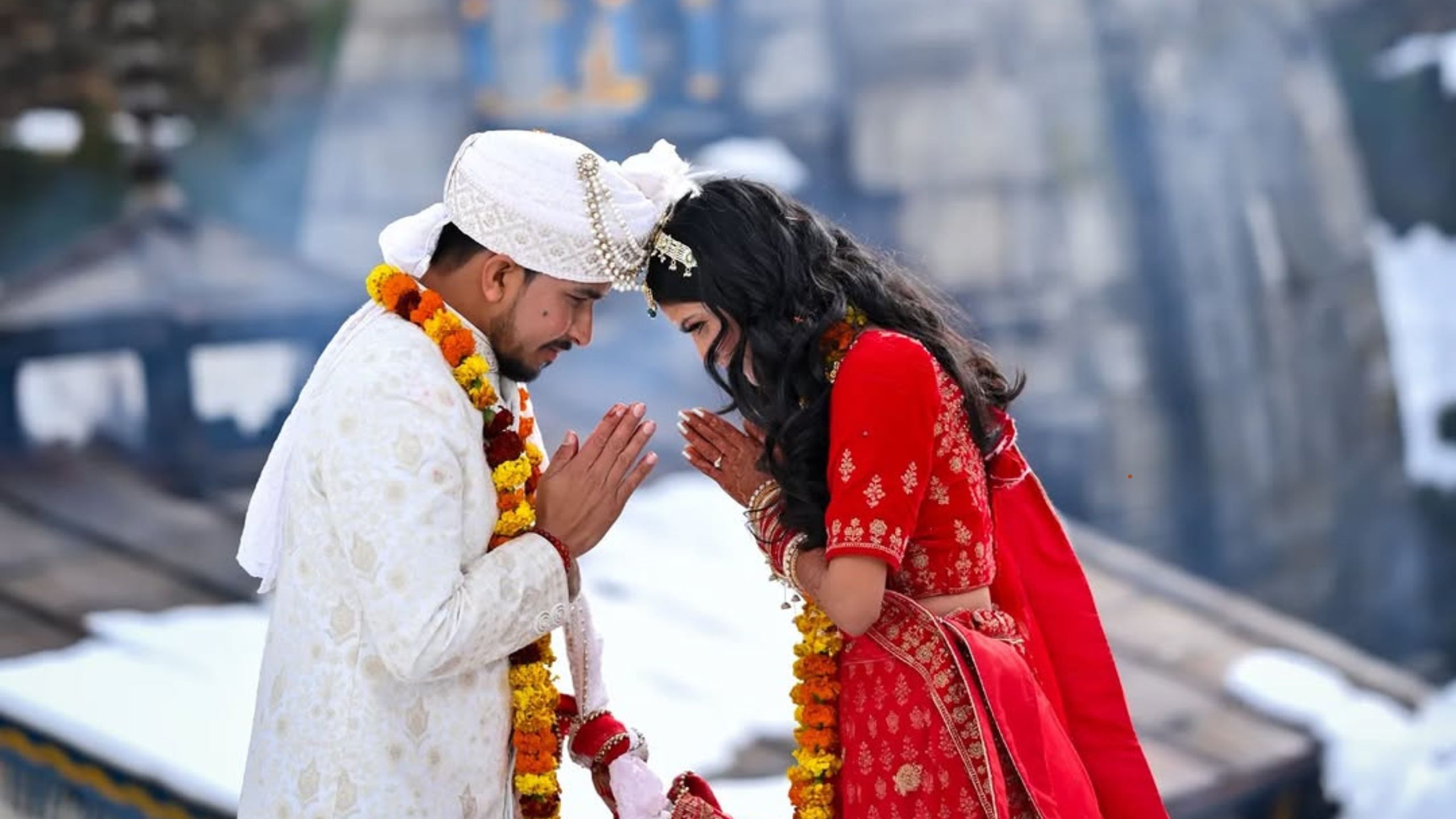Best Places to See Snow in Himachal Pradesh
Himachal Pradesh, with its dramatic landscapes, from lush green valleys to soaring, snow-capped peaks, truly transforms into a magical winter wonderland during the colder months. For those yearning to witness the pristine beauty of freshly fallen snow, engage in thrilling winter sports, or simply soak in the serene atmosphere, Himachal offers an array of enchanting destinations. If you’re planning to explore the best places to experience snow in Himachal, here’s a comprehensive guide tailored for you.
The snowfall season in Himachal Pradesh typically commences in late November and extends well into March, with December and January often experiencing the heaviest and most widespread snowfall. During this period, the state dons a thick blanket of white, creating postcard-perfect scenes that attract tourists from all over the world.
Read: The Valleys of Kashmir Fail in Front of These Places of Ladakh
The Best Places to Experience Snow in Himachal
1. Manali and Solang Valley: The Adventurer’s Hub Manali is arguably the most famous destination in Himachal for snow. During winter, the entire town is draped in a pristine white cover, with snow-laden pine trees and the frozen Beas River creating a magical atmosphere.
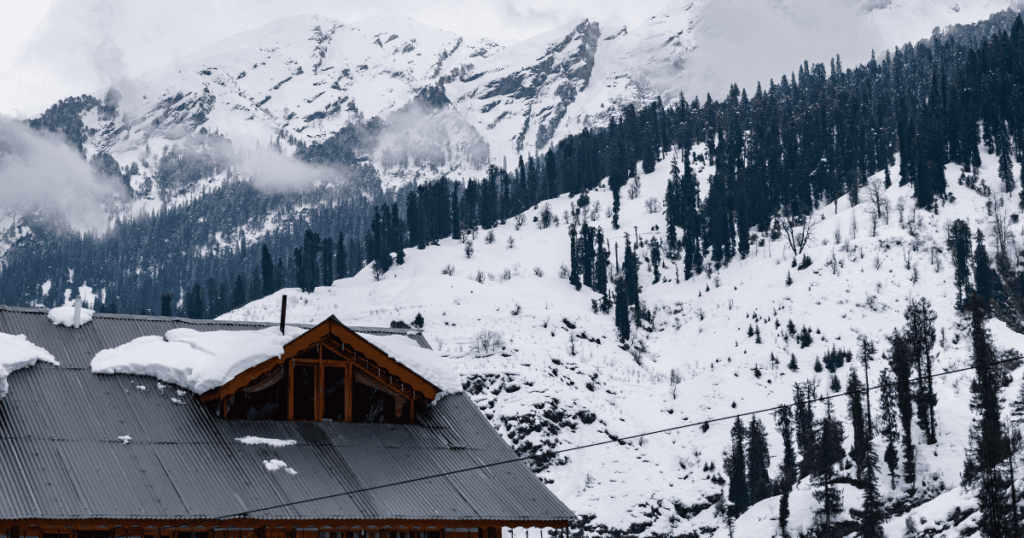
- Manali Town: Enjoy leisurely walks on the Mall Road, visit the snow-dusted Hadimba Temple, and relax in the hot springs of Vashisht. The town offers a vibrant atmosphere even in winter, with cozy cafes and local markets.
- Solang Valley: Just 13 km from Manali, Solang Valley is a paradise for winter sports enthusiasts. It offers:
- Skiing and Snowboarding: Excellent slopes for all skill levels, with equipment rentals and instructors readily available.
- Snowmobiling: An exhilarating way to explore the vast snowy plains.
- Zorbing and tube sliding: Fun activities for families and groups.
- Cable Car Ride: Offers panoramic views of the snow-covered valley.
2. Shimla: The Queen of Hills in White Shimla, the former summer capital of British India, retains its colonial charm, which is significantly enhanced by winter snowfall. From late December to February, Shimla becomes a picturesque white landscape.
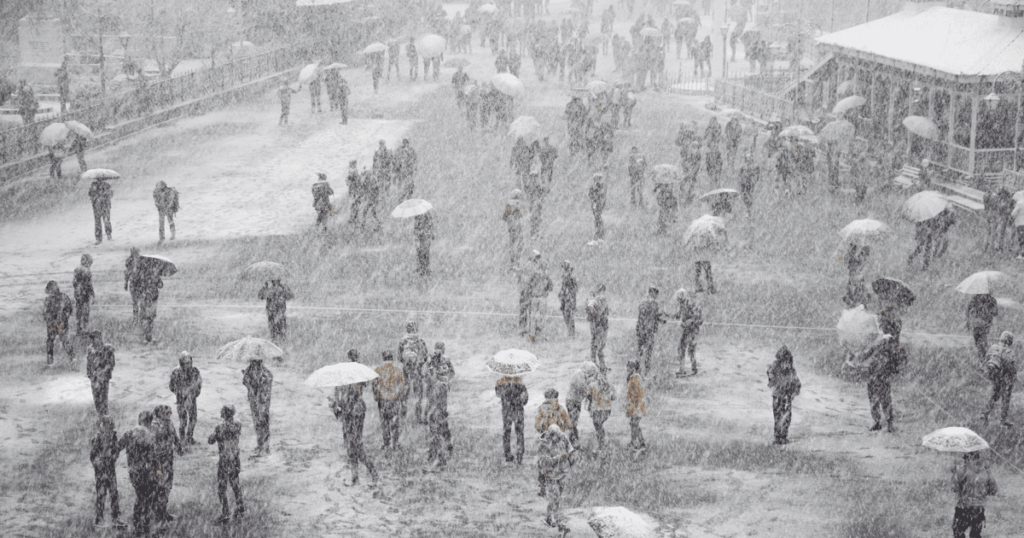
- The Ridge and Mall Road: Stroll along these iconic spots, soaking in the views of snow-covered buildings and the distant, glistening Himalayas. These areas are perfect for capturing memorable photographs.
- Ice Skating: Shimla boasts Asia’s only natural ice skating rink, providing a unique winter activity.
- Jakhu Temple: Take a cable car or trek up to Jakhu Hill for breathtaking panoramic views of the snow-draped town and surrounding mountains.
- Toy Train Ride: While snowfall might affect operations, a ride on the Kalka-Shimla Toy Train through the snowy landscapes is an unforgettable experience.
3. Dharamshala and McLeod Ganj: Spiritual Serenity Amidst Snow Nestled in the Dhauladhar range, Dharamshala and McLeod Ganj offer a unique blend of Tibetan culture and natural beauty. While not as heavy as Manali, these towns and their higher reaches experience significant snowfall from late December to February.
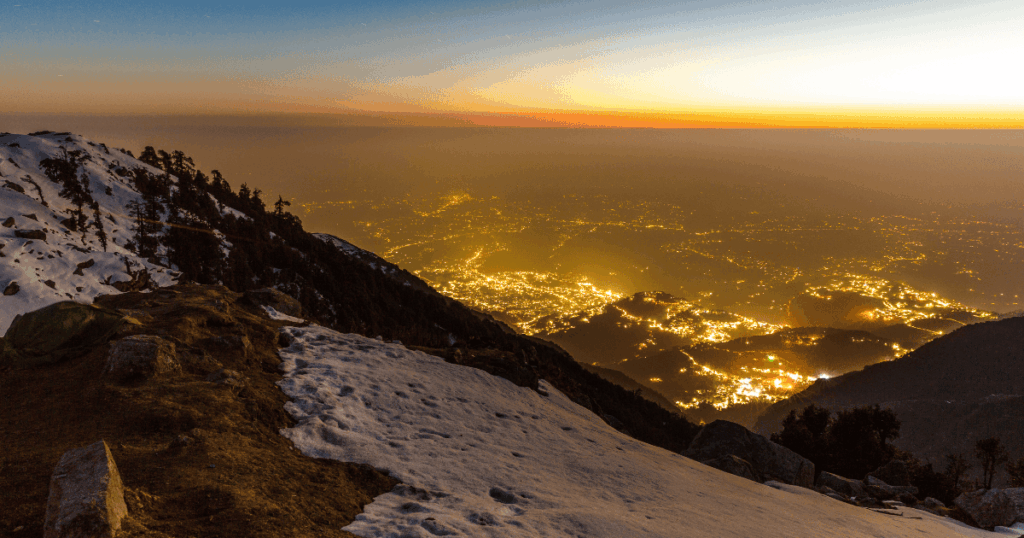
- Snow-capped Dhauladhars: The majestic Dhauladhar peaks, often snow-capped even in spring, are a constant, stunning backdrop. In winter, they are completely covered, offering spectacular views from various vantage points in McLeod Ganj and Naddi.
- Norbulingka Institute and Tsuglagkhang Complex: Explore these cultural centers, which take on a serene, almost mystical aura when surrounded by snow.
- Triund Trek: For adventurous souls, the Triund trek can be undertaken in early winter (depending on snow conditions), leading to a picturesque meadow often blanketed in snow, offering incredible views of the Dhauladhars.
4. Narkanda: The Skiing Gem Located approximately 60 km from Shimla, Narkanda is a beautiful hill station known for its pristine snow and excellent skiing slopes. It’s an older and less crowded alternative to more commercialized destinations.
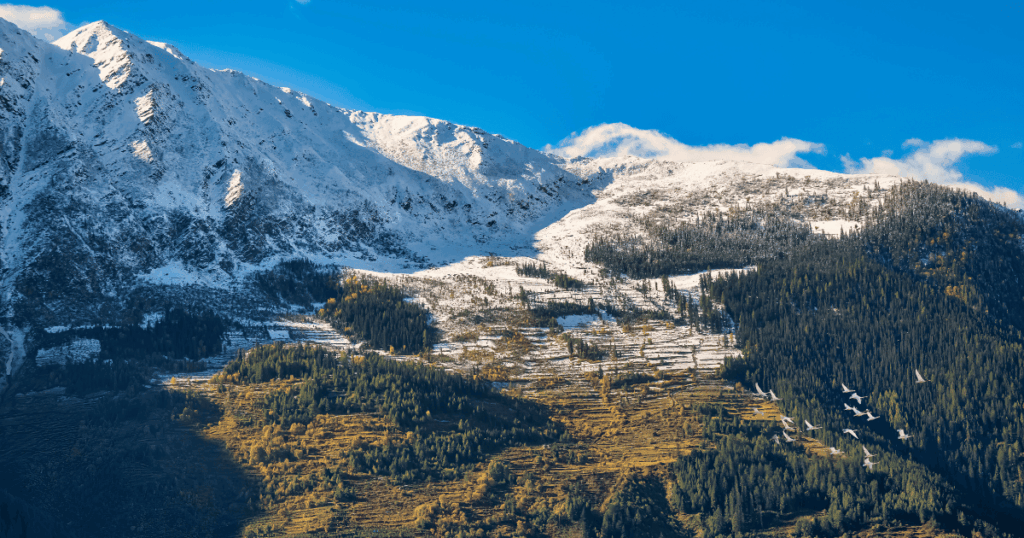
- Hatu Peak: This is the highest point in Narkanda and offers magnificent views of the snow-covered Himalayas. It’s a popular spot for both trekkers and skiers.
- Skiing: Narkanda’s gentle to moderately challenging slopes make it ideal for both beginner and experienced skiers. HPTDC often conducts skiing courses here.
5. Rohtang Pass: The Legendary Snow Highway (Seasonal Access) At an altitude of 3,978 meters (13,058 feet), Rohtang Pass is a legendary mountain pass renowned for its heavy snowfall. However, it is typically closed from mid-November to April or early May due to extreme weather and heavy snow accumulation, making it largely inaccessible during peak winter.
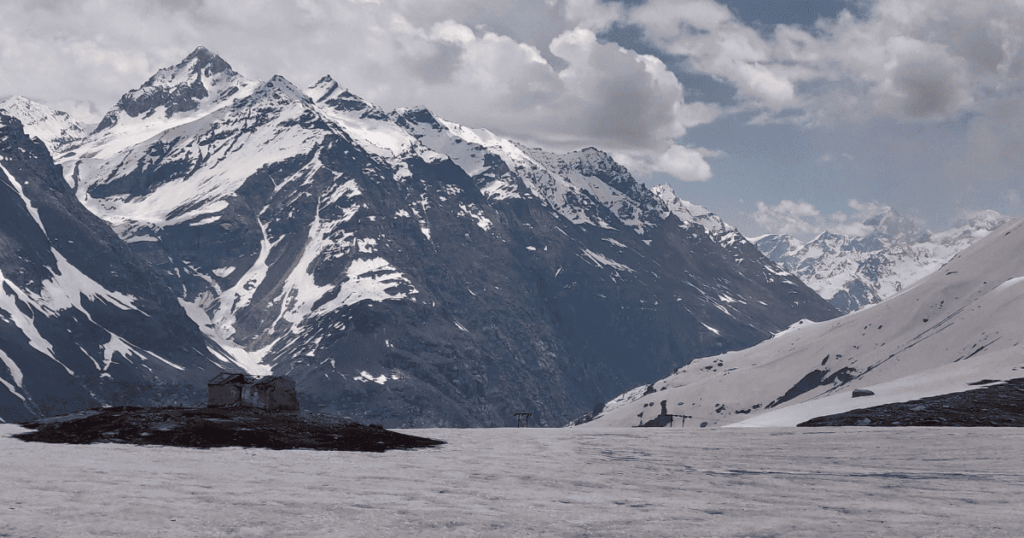
- Accessibility: If you wish to experience Rohtang’s snow, plan your trip for late October/early November (before heavy snowfall closes it) or late May/early June (after it reopens).
- Alternative: Atal Tunnel: The Atal Tunnel provides year-round access to Lahaul Valley, offering a smoother and faster alternative. While it bypasses Rohtang Pass, the landscapes beyond the tunnel’s North Portal (towards Sissu and Keylong) are incredibly snow-bound in winter and offer stunning vistas. This allows access to regions that were previously cut off for months.
6. Spiti Valley: The Remote Icy Wonderland For the ultimate winter adventure and an experience of unparalleled solitude amidst a frozen landscape, Spiti Valley is a top choice. This high-altitude cold desert transforms into a pristine white expanse from November to March. Access to Spiti in winter is primarily via the Shimla-Kinnaur route, as the Manali-Rohtang Pass route is closed.
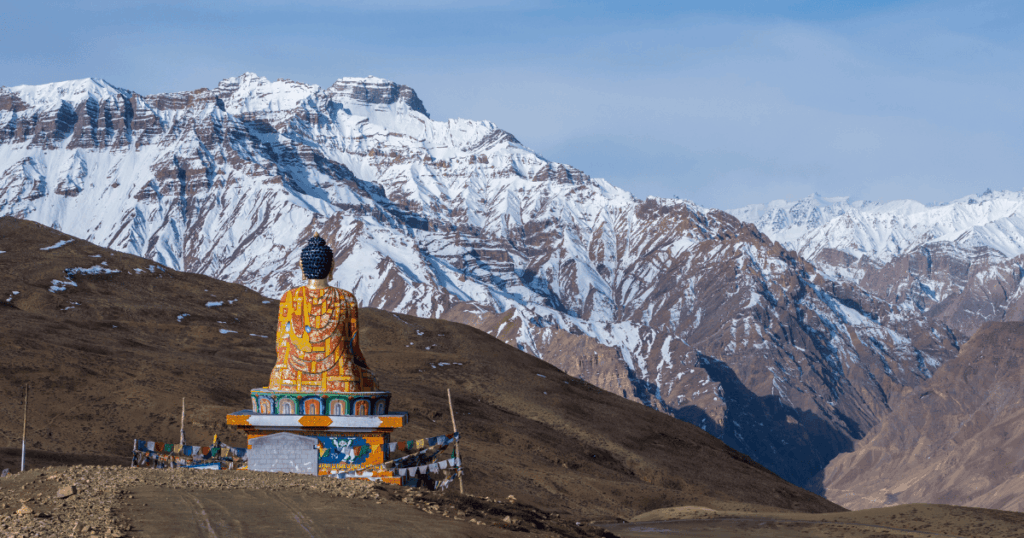
- Frozen Landscapes: Witness frozen rivers, glacial formations, and snow-covered villages.
- Ancient Monasteries: Visit ancient monasteries like Key Monastery, Tabo Monastery, and Dhankar Monastery, which stand majestically amidst the snow, offering a profound sense of peace.
- Local Culture: Experience the unique Spitian winter life by staying in traditional homestays, where locals welcome visitors with immense warmth despite the harsh conditions.
- Winter Expeditions: Suitable for experienced travelers, winter Spiti trips involve navigating challenging snowy roads and extreme sub-zero temperatures.
7. Bir-Billing: Paragliding Hub with Winter Charm Primarily known as the “Paragliding Capital of India,” Bir-Billing also offers a unique winter experience, especially in the upper reaches of Billing. While Bir town itself might not receive very heavy snowfall, Billing, located at a higher altitude, often gets a good blanket of snow.
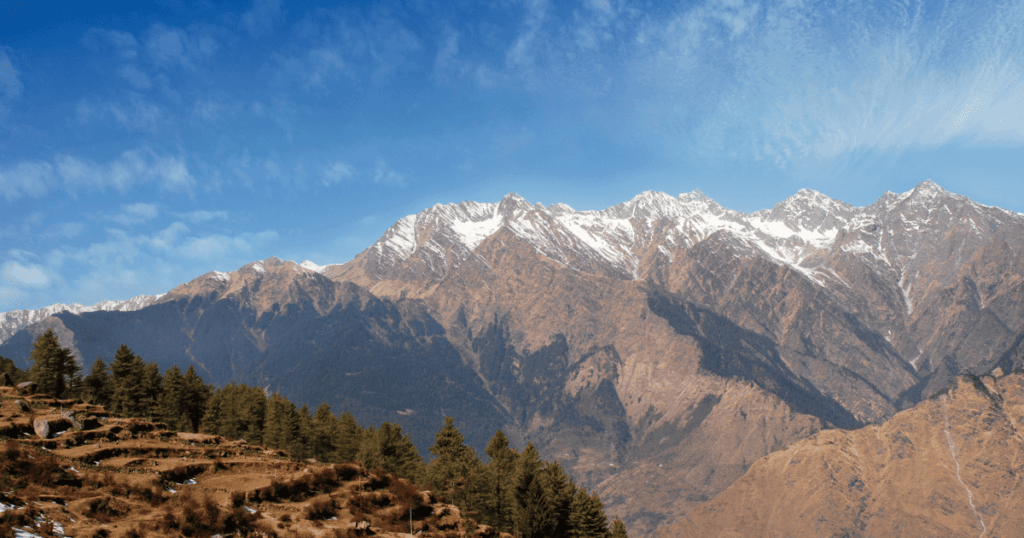
- Winter Views: Imagine paragliding over snow-covered valleys (weather permitting) or simply enjoying the breathtaking views of the Dhauladhar range dusted with snow.
- Trekking and Camping: The surrounding hills offer beautiful snow treks and camping opportunities for those seeking a tranquil winter escape.
Other Must-Visit Places to See Snow in Himachal Pradesh:
Kufri: Often paired with a trip to Shimla, Kufri is an excellent destination for snow play and adventure. Located just 16 km from Shimla, it’s easily accessible and very popular, especially from December to February.
- Snow Activities: Kufri is famous for its tobogganing slopes, mini-skiing runs, and pony/yak rides through snow-covered trails to Mahasu Peak.
- Kufri Fun World: An amusement park with various rides, including one of the world’s highest go-kart tracks, which is a unique experience amidst snow.
Chamba: While the main town of Chamba typically receives moderate snowfall, the higher regions of the Chamba district, such as Khajjiar and Dalhousie, are renowned for their heavy winter snow.
- Khajjiar: Known as “Mini Switzerland of India,” Khajjiar’s expansive meadow transforms into a breathtaking white expanse in winter, perfect for peaceful walks and photography.
- Dalhousie: Its colonial charm is amplified by snowfall, offering serene walks through snow-covered deodar forests and stunning views of the Pir Panjal range.
Kinnaur: This tribal district, situated closer to the Indo-Tibetan border, offers some of Himachal’s most spectacular and pristine winter landscapes. While parts of Kinnaur can be challenging to access due to heavy snowfall, the beauty is unparalleled.
- Kalpa: Offers mesmerizing views of the Kinner Kailash range, which is completely snow-covered in winter, creating a divine spectacle.
- Sangla Valley and Chitkul: While roads to Chitkul (India’s last village) can be blocked by heavy snow, if accessible, these valleys offer an authentic glimpse into Kinnauri winter life amidst stunning snowscapes. It’s a place for true offbeat snow experiences.
Essential Tips for Your Snow Trip:
- Check Weather and Road Conditions: Before heading to any destination, especially high-altitude ones, check the latest weather forecasts and road accessibility, as heavy snowfall can lead to road closures.
- Layered Clothing: Pack thermals, warm sweaters, waterproof and insulated jackets, gloves, hats, and waterproof boots with good grip.
- Sun Protection: Snow reflects UV rays intensely, so carry sunglasses and high-SPF sunscreen.
- Book in Advance: Accommodations, especially in popular destinations like Manali and Shimla, get booked quickly during peak snow season.
- Carry Essential Medicines: Include medicines for cold, flu, and altitude sickness if you’re venturing into higher regions.
- Respect Local Culture: Especially in remote areas like Spiti and Kinnaur, be mindful and respectful of local customs and traditions.
Final: Best Places to See Snow in Himachal Pradesh
Himachal Pradesh in winter is an experience like no other. Whether you’re seeking adrenaline-pumping snow sports, serene snowy landscapes, or a peaceful retreat amidst nature’s pristine beauty, the “Devbhoomi” (Land of Gods) promises an unforgettable winter adventure. Embrace the chill, soak in the breathtaking vistas, and create memories that will last a lifetime in the best places to experience snow in Himachal.
a


